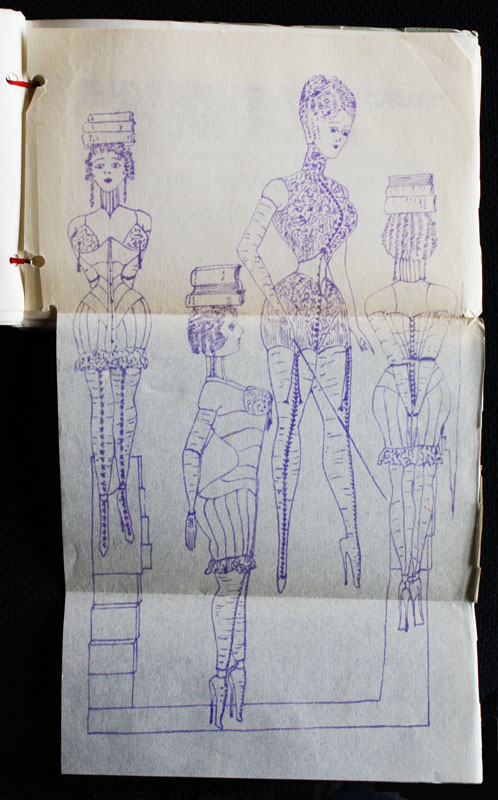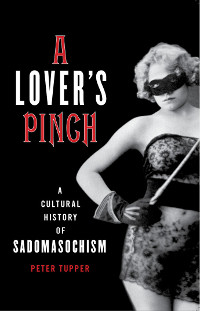The US policy on torture is much in the air today. Some of the defenders of the policy liken the kinds of “stress positions” and the like allowed to be used to fraternity hazings.
One interesting angle is comparing torture to SERE (Survival, Evasion, Resistance, and Escape) training, used by the US military to prepare soldiers for being tortured. Slate compares SERE and real torture, making explicit comparisons between the former and BDSM.
Third, SERE offers interventions that relieve stress and reinforce the unreality of the exercise. Instructors and psychologists are available “to watch the students for indications that they are not coping well with training tasks, provide corrective interventions with them long before they become overwhelmed, and if need be, remotivate students who have become overwhelmed to enable them to succeed,” Ogrisseg noted.
Fourth, SERE has “defined starting and ending points. … [T]rainees arrive on a certain date and know that they will depart on a specified date.”
Fifth and most important, SERE is voluntary. “Students can withdraw from training,” Ogrisseg noted. In a report issued four months ago, the Armed Services Committee added that in SERE, “students are even given a special phrase they can use to immediately stop” any ordeal.
…
The difference between SERE and the Bush interrogation program is the difference between S&M and rape. There is no consent. There are no mutually understood boundaries. There are no magic words. People who can’t tell the difference between rape and S&M go to jail. What happens to people who can’t tell the difference between torture and training?
In this argument, the social context matters.
Over on Susie Bright’s blog, she talks about the impact SERE training had on her Airforce Academy boyfriend in the early 1970s:
In addition to the group beatings, waterboarding, electric shock, sleep deprivation, sound/noise torture, starvation, dehydration, he was also forced to eat human feces and vomit, in accompaniment with the beatings. They had replicas of “tiger cages’ they kept him in. He wrote me that after awhile of knowing it was all a training, he couldn’t hold the frame anymore and it became nothing but his reality. His sense of time and self evaporated.
…
His father was Air Force— and I think even he was taken aback by the SERE training. Afterward, as far as I could tell, Robbie had a psychological breakdown. He wasn’t the same guy. I was afraid of him.
They’d given him some very peculiar advice about women— it creeped me out. I was, like, ‘HEY, it’s me, remember?” But he didn’t. He hurt me when we made love, my back bled. He acted like we were supposed to play this out until I got “tougher” and could take it. It didn’t have anything to do with “kink” or fun.
The Slate article says that the “frame” is very important, the subject’s awareness that there are rules and limits to this, that there is a safeword. However, Bright’s account suggests that it is not always possible to maintain that frame.


